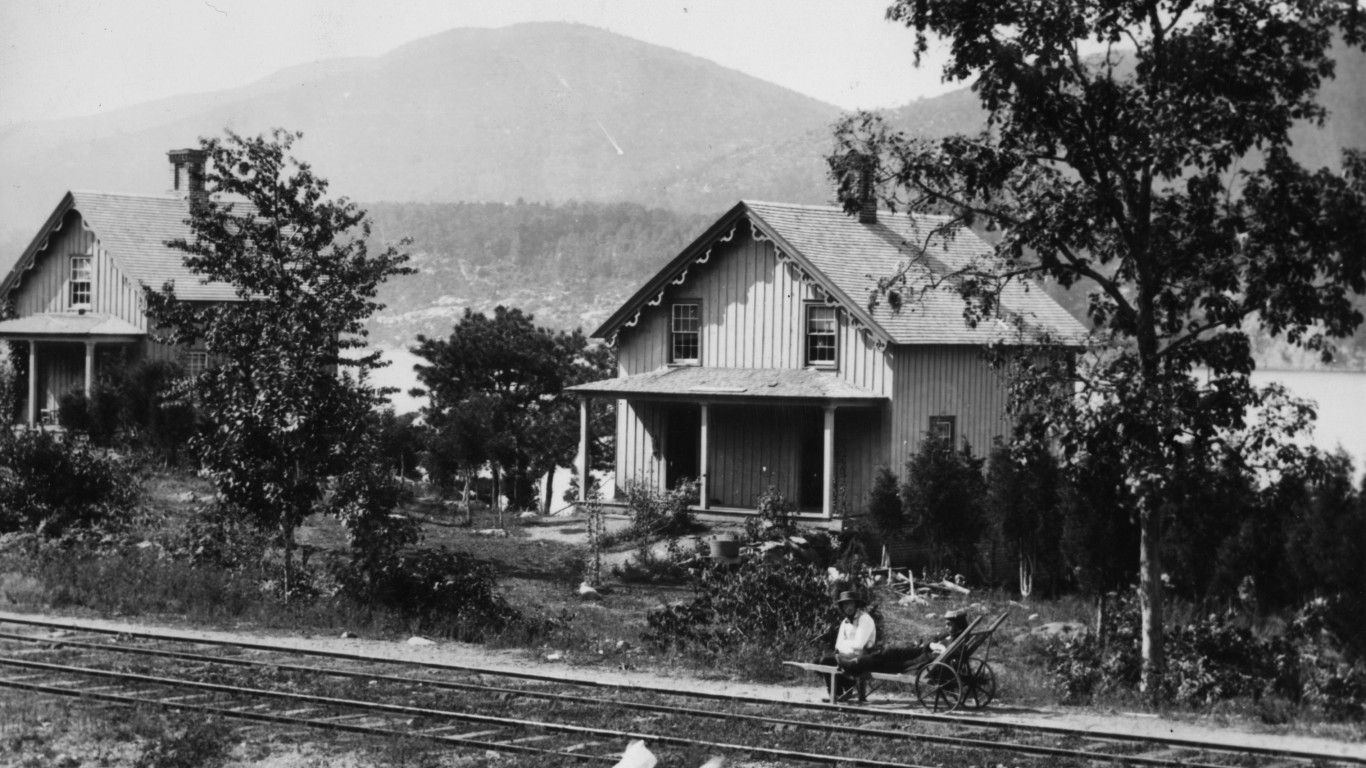
Americans over the past century have followed the old adage about “Go West, young man.” Beginning just after the turn of the 20th century, the West’s population soared, growing from nearly 7.1 million in 1910 to 9.2 million in 1920, a 30% jump in that decade alone, according to the U.S. Census Bureau.
The region has continued this rapid growth to reach a total population of 78.6 million as of 2020. Within that larger geographic area, several states have experienced among the nation’s largest population booms since 1880.
To determine the states where the population has grown the most since 1880, 24/7 Wall St. reviewed historical population data from 1880 to 2020 from the U.S. Census Bureau’s Decennial Census of Population and Housing and centers of population data. States are ranked by the change in population from 1880 to 2020. While 1880 is the first year of data for almost all states, it is 1890 for Oklahoma, 1930 for Hawaii, and 1960 for Alaska.
Arizona’s population soared from a bit over 40,000 to a current 7.2 million between 1880 and 2020, a 176.8-fold increase. And that’s for a territory that didn’t become an official state until 1912. (Learn how each state got its shape.)
Arizona became a territory in 1846, when the U.S. seized the area from Mexico. When silver and copper deposits were found in the state in the 1870s, Arizona’s population climbed from 10,000 in 1870 to 122,000 by 1900. But the state’s population really took off during World War II, when military bases and defense installations were established there, a study by the University of Washington notes.
Completed in 1936, the Hoover Dam also ushered in an era of growth in the Phoenix area. And the invention of air conditioning made Arizona’s unbearably arid climate more palatable for newcomers, spurring its in-migration.
Further west and north, Washington state recorded the second highest population growth among states between 1880 and 2020. The Pacific Northwest state’s population grew from 75,000 to 7.7 million, a 102.6-fold hike.
What did it take to attract newcomers to the somewhat isolated area? The completion of the Northern Pacific Railroad in 1883, which ran from St. Paul, Minnesota, to Tacoma, Washington, was a significant factor, the University of Washington points out. Instead of an arduous overland trek, people could simply take a train to the state and put down roots. More recently, its major city, Seattle, has become a major hub of the country’s tech industry.
At the other end of the spectrum is Vermont. The New England state witnessed a paltry 1.9-fold increase in population between 1880 and 2020, the lowest among all 50 states. Its current population totals fewer than 644,000 residents.
Art Woolf, former economics professor at the University of Vermont and a columnist for VTDigger.org, a statewide news site, told Vermont Public Radio the state’s cold climate and lack of large cities may be keeping newcomers away. (See the places with the biggest snowfall in history in every state.)
Click here to see states where the population has grown the most since 1880





